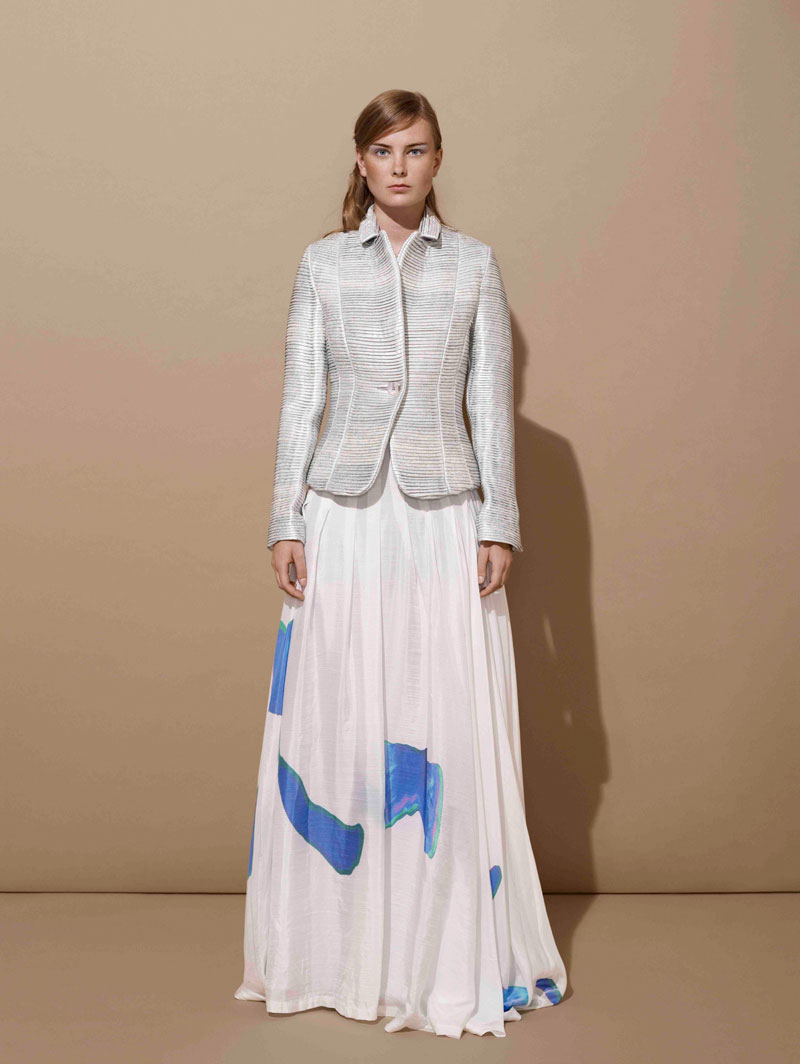Merry Wanderer of the Night [Search results for silk]
Christian Westphal Spring/Summer 2013 Women’s Collection

'It's sexy isn't it?': Uma Thurman is in fine feather as she sweeps down the red carpet at Cannes in Versace gown

A variety of towels in our life

Central Asia: Copper mining threatens Afghanistan's Mes Aynak

Central Asia: Disputes damage hopes of rebuilding Afghanistan’s Bamiyan Buddhas

Eva & Bernard Spring/Summer 2012 Women’s Collection

Thaw

Autor Guest Post: Katherine Center, Author of Everyone is Beautiful


